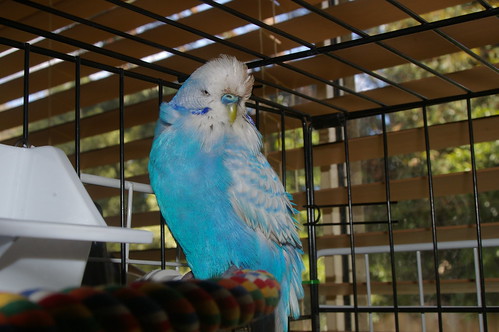
This budgie is suffering from psittacosis and an incorrect wing clip. Note the poor posture, the discharge around his cere and that he is sitting fluffed. He also has a tail bob.
Recently there has been a spike in concern about Psittacosis as news has spread that Petsmart in the US have removed birds for sale from 500 stores after 16 birds (so far) have tested positive to the disease. For many, it’s the first time they’ve even heard of the disease and understandably it has them worried and asking questions. Particularly considering that Psittacosis is contagious to humans. If you live or work with birds – this is an illness you need to be aware of.
What is it?
The condition is known by several names. “Psittacosis” is probably the most well-known name, “Avian Chlamydiosis” is another. “Psittacosis” is the common name used when parrots have the illness, “Ornithosis” for other species of birds. The disease is caused by obligate intracellular bacterium, Chlamydophila psittaci. (In simpler language, think: a type of bacteria that reproduces in the infected person or animal’s cells causing a serious infection.)
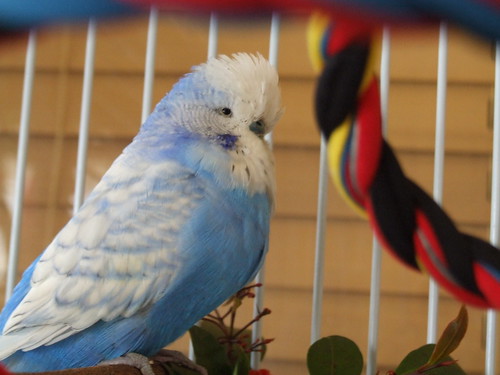
Same budgie as pictured above, post-treatment. The difference in posture and feather condition is obvious.
Who can get it?
It’s a zoonotic disease, which means that while it is more common in animals, it can be transmitted to humans. For humans: children, pregnant women, the elderly and those who are immunosuppressed for some reason (already sick) have an increased risk of contracting it if they are exposed. The good news is that it isn’t a common illness in humans.
In birds, it’s actually quite common and not just in the US. This is a disease that exists around the world. It isn’t limited to parrots; many different types of birds can contract it (over 570 species have been found to have had it). A bird that is already sick or stressed is more likely to be affected by it. A bird may carry the disease, but the condition can remain dormant until activated by a period of stress or illness.
In Australia, it is extremely common in both wild and pet birds. In fact, it is so common that it is enough to make screening for it a standard part of a new pet bird vet consultation here. No matter where you live in the world, you should be aware of this illness.
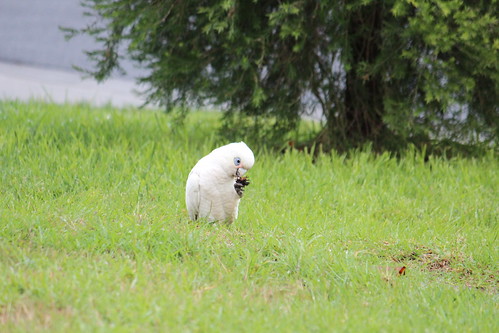
Wild Australian short-billed corella. This one appears healthy, but could still be carrying Psittacosis – many wild birds do.
Symptoms:
In humans it presents like the flu and quickly escalates to pneumonia. If you’ve got it – you’ll know it. After an initial incubation period, you will become very sick, very fast. We’re talking respiratory issues, high temperatures and left untreated it’s serious and can even cause death in extreme cases.
In birds, frustratingly some birds can show no symptoms at all. Some birds carry the disease and never become symptomatic, but they can still be contagious. This is why screening and quarantining a new bird before introducing it to your flock is so important.
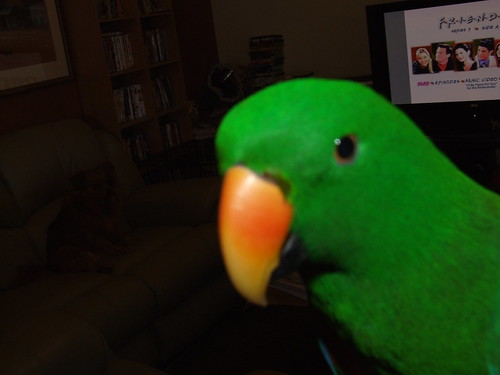
Male eclectus with discharge from a nostril. If you see this, it’s time to take your bird to a vet for a checkup.
The most common symptoms in birds are respiratory; by which I mean sneezing, coughing, and/or discharge around the nostrils or eyes. A bird with respiratory symptoms may scratch at their nose or head in an effort to clear their airways. Feather loss can occur as a result of the scratching.
Sick birds will often seem depressed and lethargic, spend a lot of time sitting “fluffed”, they may lose their appetite, appear slightly clumsy and have poor posture. Watery droppings are another symptom to look out for.
How is the disease spread?
It is usually contracted by inhaling or ingesting airborne particles or dust. Often this happens when contact is made with a contaminated bird’s droppings, or nasal discharge.
Be aware that these particles can remain active for weeks in the environment, well after they have been shed.
How is it Diagnosed?
In humans, the easiest method is a simple blood test. If you have flu-like symptoms and have been around birds, it is important that you mention that contact to your doctor. This is not a common diagnosis, so your doctor is unlikely to make the connection unless you tell them about the birds. Your doctor may not have even heard of the illness, so be aware of the different names it goes by. (For example in Australia, the blood test is listed under the name “Chlamydiosis” not “Psittacosis”.) Be aware that if you have recently taken or are currently taking a course of antibiotics, this can cause inaccuracies in the test results. (False negatives/all clears).
In birds, there are several options for testing. The easiest will require a blood sample.

Fid, my Blue & Gold Macaw when he had psittacosis didn’t look very ill – just a bit scruffy. His blood tests said otherwise. (The red berries and foliage are cotoneaster – in case you were going to ask!)
Avian vets will often perform an in-house immunocomb or ELISA test. These tests look for a specific antibody or antigen. In simple terms, if the bird has the illness, the bird’s immune system should be responding to it and this test is looking for what the bird’s immune system produces in that response.
The clear advantage of this test is that it’s fast (same day results), it gives you an idea of how strong the immune system response is (how bad the infection is) and because your vets can do it themselves with a commercially available kit, it’s inexpensive to do. The disadvantage is that false negatives are possible. The bird’s immune system might not be responding because it is in a dormant stage (e.g. incubating) at the time of the test.
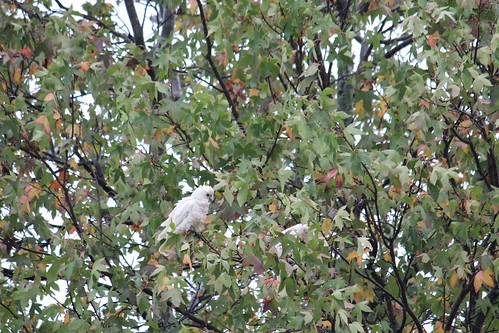
Wild short-billed corella. It is sitting fluffed instead of foraging with the rest of its flock. As a result, this is not a tree that I would get foliage from for my pet birds.
The alternative test is a PCR and usually requires a sample to be sent to a laboratory for analysis. This test is looking for part of the DNA of the disease. The advantage of this test is that if even the smallest amount of the DNA is there, this test can amplify and find it. The other advantage is that PCRs are performed to detect many different diseases. So if you’re screening a bird for a range of things, laboratories will often screen multiple diseases from the one sample, at the same time at a discounted rate. This test is a good option for those who live in countries that don’t have avian vets. A normal vet should be able to take blood and send it off. The disadvantage is that it can take weeks to get results and false negatives are possible. A negative result does not mean the disease isn’t present. It could just mean that that the particular part of the DNA the test was looking for wasn’t present at that time. In other words, the bird might have the disease but not be at the stage of the disease that the test is looking for.
Whatever test you do – it’s wise to do multiple tests over a period of time to determine if the bird is really clear or not.
There are other tests that can be performed as well, but at the time of writing the above are the most popular/considered the most reliable.
Also remember that the use of antibiotics can compromise test results. A single test can tell you the disease is there but a negative result doesn’t necessarily mean the bird (or the human) is in the clear.
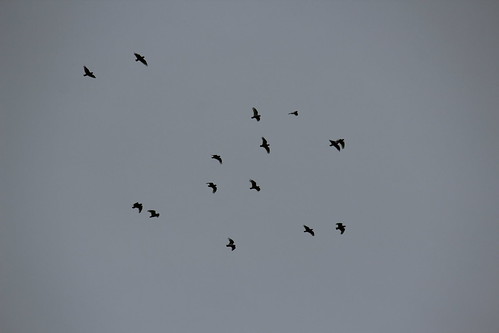
Wild flock of galahs. It pays to keep an eye on your local birds. Notice if any can’t keep up with the rest of their flock.
How can you prevent it or reduce the risk of spreading it?
- The biggest and most obvious thing to do is quarantine any new bird from any others you might have in your flock even if it has come from a location that you trust. It’s important to remember that many birds show no symptoms at all but can still be carrying the disease. An infected bird usually goes through a period of incubation of roughly 5-14 days before it will show signs of illness too.
- Screen your birds. Take your bird to an avian vet for a “new bird consult” when you first get it. Your vet will be able to advise you of exactly what diseases are around in your area and what tests you need to do.
- Hygiene is incredibly important. Wash your hands after handling a bird before you handle another.
- Use safe practices when cleaning your aviaries. Use a misting spray on your aviary bases before rolling up newspaper. This effectively traps dust particles preventing them from being disturbed and inhaled.
- If looking after infected birds, wear a face mask while cleaning.
- Don’t buy toys and products from a pet store that keeps them anywhere near live birds. The dust and airborne particles spread easily and you don’t want to bring them home. Only buy products and toys from reputable locations.
- If you’re in an area where wild birds have this illness, don’t use foliage or branches from the trees that those birds are occupying.
- Use aviaries that have a design that minimises your birds’ contact with droppings. Wire grills at the bottom of your aviary assist with this.
- Use a decent, bird safe, vet quality disinfectant. Find out what your vet uses. A vet quality disinfectant has the ability to kill viruses. I strongly recommend F10 (you can find it on ebay if your vet doesn’t sell it). Their products include a water soluble disinfectant that comes with instructions on how to kill different viruses. They also sell a disinfectant hand gel and wipes for quick convenient droppings cleanup. F10 is bird safe.
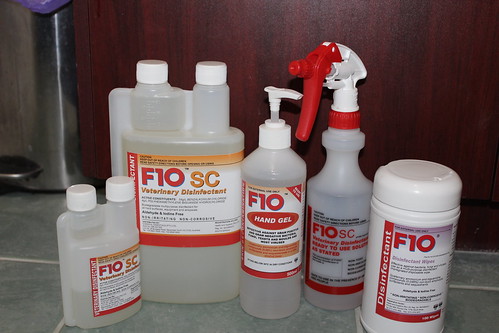
The range of F10 disinfectant products that I personally use and recommend. A clean environment isn’t enough – you need to use something that will actually destroy the illness.
How is it treated?
The good news is that this is an illness that is treatable. A course of the right antibiotics combined with meticulous hygiene habits can cure this. The antibiotic to use (for either birds or humans) is a Tetracycline. The most common one used is doxycycline, but chlortetracycline and oxytetracycline are other options.
In humans, it’s usually an oral course. In birds it is either given in a soluble format in the bird’s drinking water or given as a course of injections.
There are advantages and disadvantages to both forms of treatment. An injection gives you control of the dosage (whereas you can’t control how much your bird will drink). However it’s not a nice injection. In human terms, if you’ve ever had a tetnus injection – think of how much that hurt and the bruise involved. It’s similar. Some birds (especially macaws) can have a negative reaction. Some species of birds do better with the injections being 7 days apart (for 8 weeks) others (macaws again) do better with them being 5 days apart.
On a personal note, my macaw Fid had Psittacosis when I first brought him home. He didn’t do well on the injections, so after 6 weeks I switched him to the water treatment. Within 2 weeks of the water treatment he had a full relapse and had to start over with his treatment – needing 8 more injections. Needless to say, that made me hate the water treatment but on the flip side, I’ve had success using it with lorikeets. Your method of treatment is something your vet will need to tailor to your specific bird or flock.

Diagnosed with Psittacosis in February 2012. The upper picture was taken in October 2013 (12 months after being officially cleared of the illness), the lower in July 2014. The loss in feather condition due to illness literally takes years to improve. Fid still hasn’t moulted out all of his damaged feathers. (Note the brightness and difference in the amount of black showing on his blue feathers.)
Tetracycline antibiotics have some side effects that aren’t commonly discussed in relation to birds. It can cause nausea but possibly the most significant side effect is an increase in light sensitivity. That doesn’t mean keep your bird in darkness, but it does mean that your bird can become uncomfortable in full sun. If you have a species that has exposed skin (such as a macaw with skin), there is an increased risk of sunburn. (True for humans undergoing treatment too.)
It also pays to be aware that calcium can negatively affect the absorption of tetracycline, so remove any supplementary calcium that you might have on offer.
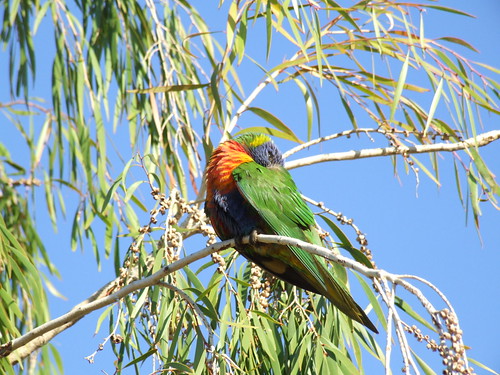
Wild lorikeet, sound asleep completely unaware of the human below, while its flock is 20 metres away feeding. Not a good sign! There is quite likely something very wrong with this bird.
If giving medication in a bird’s drinking water, do not use a stainless steel or a metal drinking bowl. Glazed ceramic, glass or plastic is preferable because they don’t absorb/affect the medication. Be aware that all water sources provided need to contain the medication (including bath water), as most birds will seek out unmedicated water. Some birds will refuse to drink and become dehydrated and will require another form of treatment instead.
It pays to remember that when a bird is sick, it can have trouble maintaining its own temperature. Providing an external heat source such as a heat lamp, can make your bird a lot more comfortable and assist with its recovery.

“Exo Terra Ceramic Glow Light” heater (usually used for reptiles), with a 60W ceramic globe. I use the ceramic globes because they are less likely to shatter/explode and don’t emit light (which can disturb a bird at night). This is actually the most used item in my bird’s first aid kit.
Meticulous hygiene standards are essential. If you have a sick bird, you can be certain that your environment is contaminated and you MUST use a virus killing disinfectant to avoid spreading the disease and prevent relapse. There is a huge difference between cleaning (for which I use a vinegar/water solution) and disinfecting (I use F10). Ask your veterinarian for advice on bird safe disinfectants that are available in your area.
As one last note on the treatment in humans. Tetracycline allergies can be common. There is an alternative antibiotic that is slightly less effective but worth mentioning and that’s erythromycin. Speaking as someone who once wound up in hospital due to an allergy to Doxycycline… I’m glad there is an alternative!
Overall:
There aren’t that many illnesses that can pass between birds and humans, so don’t think that your common cold is a risk to your pet.
Psittacosis is not an illness that you want to bring into your home if you can possibly avoid it. Anyone who is around birds needs to be aware of it, particularly due to the way it can survive in an environment and be brought into the home via a contaminated toy or accessory. It is serious and takes a lot of effort to get through it. Due to how serious and infectious that it can be, in many countries it is also something that vets and/or doctors are required by law to report to health authorities when they see a case. Unlike many other diseases out there though – this at least, is one that you can get through without necessarily facing death.
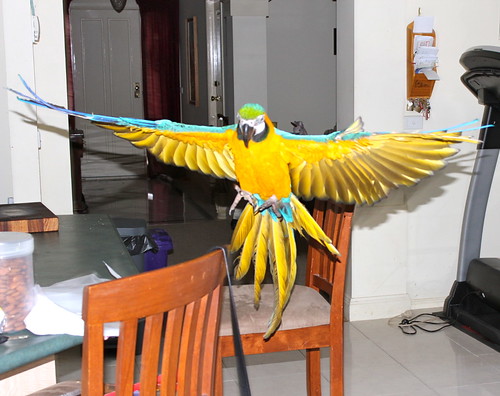
Fid was well worth the effort and expense that it took to get him healthy but getting him through psittacosis was a nightmare that I don’t ever want to repeat if I can avoid it.
Mel Vincent works as an animal rehabilitator out of Australia.


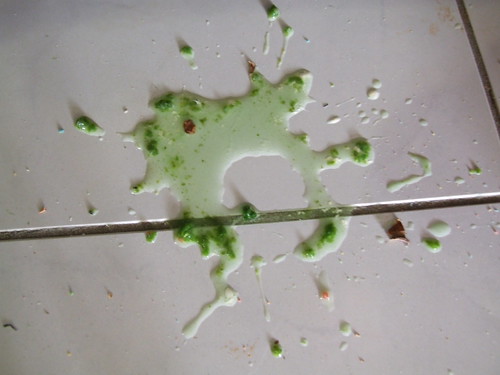
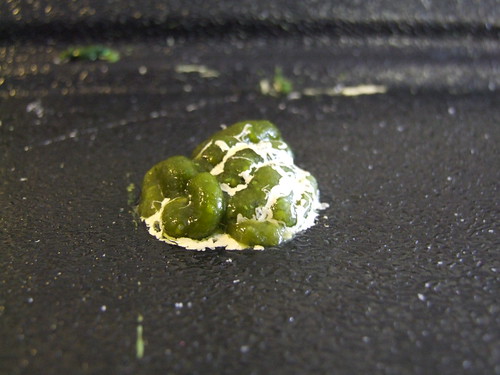
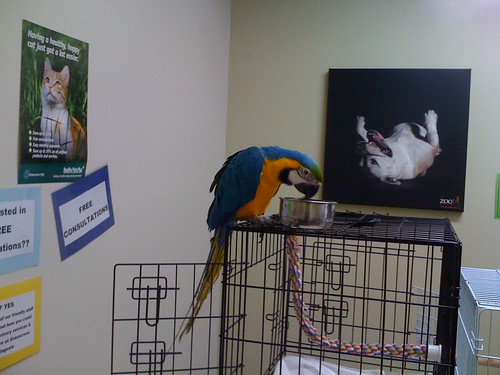
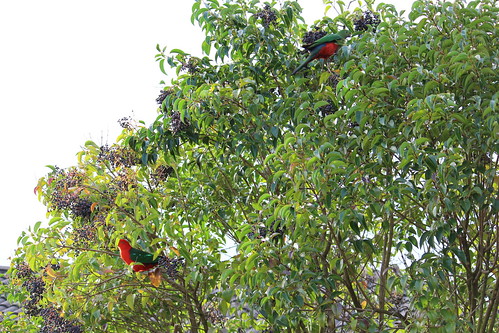

13 comments
Leave a comment